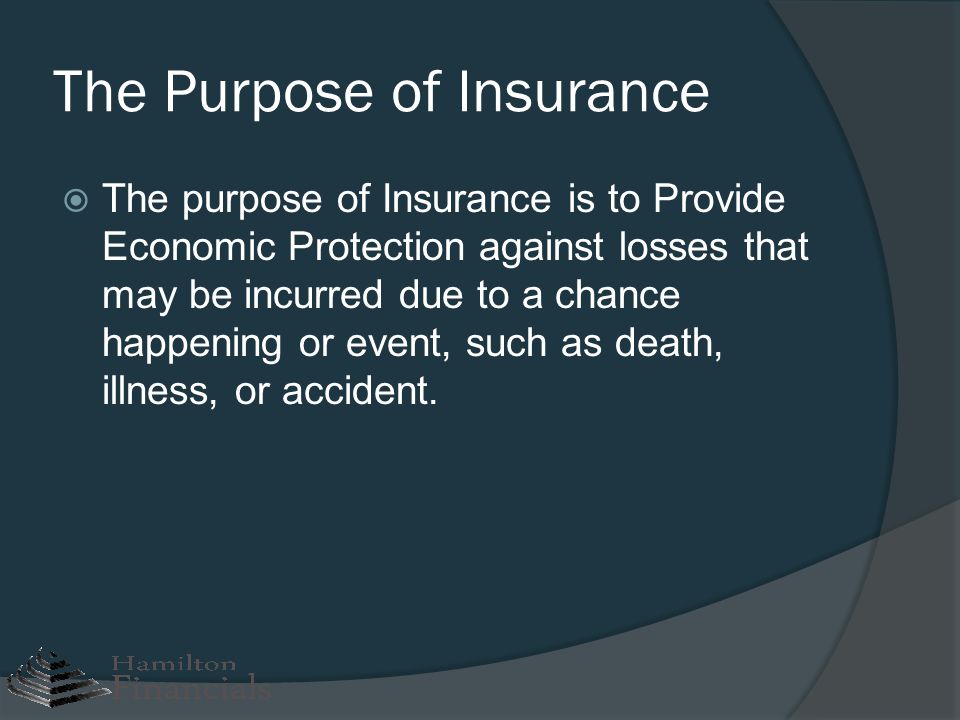Pacific Prime Fundamentals Explained
Pacific Prime Fundamentals Explained
Blog Article
How Pacific Prime can Save You Time, Stress, and Money.
Table of ContentsRumored Buzz on Pacific PrimeAll About Pacific PrimeSome Known Details About Pacific Prime Pacific Prime Things To Know Before You BuyPacific Prime Can Be Fun For Anyone

This is due to the fact that the data were accumulated for a duration of strong financial efficiency. Of the approximated 42 million people who were without insurance, almost about 420,000 (about 1 percent) were under 65 years old, the age at which most Americans come to be eligible for Medicare; 32 million were grownups in between ages 18 and 65, about 19 percent of all adults in this age; and 10 million were youngsters under 18 years of age, regarding 13.9 percent of all youngsters (Mills, 2000).
These price quotes of the number of persons without insurance are created from the annual March Supplement to the Present Populace Study (CPS), carried out by the Demographics Bureau. Unless otherwise noted, nationwide price quotes of individuals without medical insurance and percentages of the population with various sort of coverage are based on the CPS, the most widely utilized resource of quotes of insurance policy coverage and uninsurance rates.
Pacific Prime Can Be Fun For Everyone

Still, the CPS is specifically useful because it generates annual price quotes relatively promptly, reporting the previous year's insurance coverage estimates each September, and due to the fact that it is the basis for a consistent set of quotes for greater than twenty years, enabling analysis of patterns in coverage gradually. For these factors, as well as the considerable use the CPS in various other studies of insurance coverage that are provided in this report, we rely upon CPS quotes, with restrictions noted.

The estimate of the variety of uninsured individuals expands when a populace's insurance coverage standing is tracked for a number of years. Over a three-year duration starting early in 1993, 72 million individuals, 29 percent of the united state population, were without insurance coverage for at the very least one month. Within a solitary year (1994 ), 53 million people experienced at the very least a month without insurance coverage (Bennefield, 1998a)
6 out of every ten without insurance grownups are themselves utilized. Although functioning does boost the chance that a person and one's relative will have insurance, it is not a guarantee. Also members of families with two permanent breadwinner have almost a one-in-ten opportunity of being without insurance (9.1 percent uninsured rate) (Hoffman and Pohl, 2000).
Pacific Prime - Truths
New immigrants make up a considerable percentage of individuals without medical insurance. One evaluation has associated a considerable portion of the current growth in the dimension of the U.S. uninsured populace to immigrants that arrived in the country between 1994 and 1998 (Camarota and Edwards, 2000). Current immigrants (those that came to the United States within the past 4 years) do have a high price of being without insurance (46 percent), but they and their youngsters account for just 6 percent of those without insurance policy country wide (Holahan et al., 2001).
The relationship between medical insurance and accessibility to care is well established, as documented later on in this chapter. The relationship in between health and wellness insurance coverage and wellness results is neither straight neither straightforward, a comprehensive scientific and wellness solutions research study literature web links health and wellness insurance protection to better access to care, better top quality, and enhanced personal and populace health and wellness status.
Levels of analysis for analyzing the effects of uninsurance. This conversation of health and wellness insurance protection focuses primarily on the united state population under age 65 because virtually all Americans 65 and older have Medicare or various other public insurance coverage. It concentrates especially on those without any type of health and wellness insurance for any size of time.
Pacific Prime Fundamentals Explained
The troubles encountered by the underinsured are in some aspects similar to those faced by the without insurance, although they are typically less extreme. Health insurance, nevertheless, is neither required neither adequate to gain accessibility to medical solutions. The independent and direct result of health and wellness insurance coverage on access to health and wellness solutions is well developed.
Others will acquire the health treatment they need also without health and wellness insurance, by spending for it out of pocket or seeking it from providers that provide treatment complimentary or at highly subsidized go to these guys rates. For still others, medical insurance alone does not ensure invoice of treatment since of various other nonfinancial barriers, such as a lack of wellness care suppliers in their community, restricted accessibility to transportation, illiteracy, or linguistic and social differences.
Pacific Prime Fundamentals Explained
Formal research study concerning uninsured populations in the United States dates to the late 1920s and very early 1930s when the Committee on the Price of Healthcare created a series of reports regarding funding medical professional workplace visits and hospitalizations. This problem ended up being prominent as the numbers of medically indigent climbed during the Great Depression.
Report this page